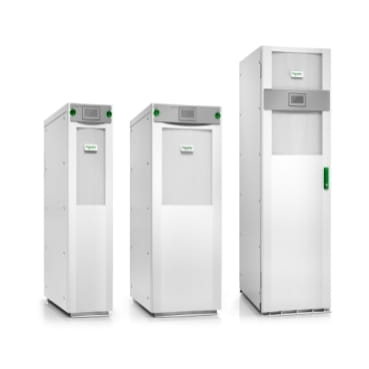Electronic systems are the digital bedrock of modern society, exerting a transformative influence across diverse domains of our lives. From communication and transportation to healthcare and entertainment, these intricate networks of interconnected components facilitate seamless information exchange, efficient operations, and enhanced user experiences.

Their critical importance lies in their ability to process, store, and transmit vast amounts of data at lightning speeds, driving innovation and progress. Amid this reliance on electronics, uninterrupted power supply (UPS) technology emerges as a pivotal safeguard. UPS systems shield against power disruptions, ensuring that electronic devices and systems remain operational even during blackouts or voltage fluctuations.
Let us discuss the key role of UPS power supply and how to choose the suitable UPS for your needs.
Role of UPS Power Supply in Safeguarding Electronics
A UPS power supply bridges the primary power source (usually the electrical grid) and the devices it connects to. Here’s how a UPS helps protect electronics:
- Power Continuity: One of the primary functions of a UPS is to ensure a continuous supply of power to connected devices, even if the primary power source fails. This prevents abrupt shutdowns that can lead to data loss, corruption, or damage to electronic components.
- Voltage Regulation: UPS power supply systems often incorporate voltage regulation mechanisms that help stabilize the voltage levels supplied to connected devices. Fluctuations in voltage, such as surges, sags, and spikes, can harm sensitive electronic components. The UPS helps smooth out these variations and provides a consistent voltage level within safe limits.
- Surge Protection: UPS units often include surge protection features that guard against voltage spikes caused by lightning, power surges, or other electrical disturbances. These spikes can easily damage or destroy electronic devices, and the UPS acts as a buffer by diverting excess voltage away from connected equipment.
- Battery Backup: Most UPS systems have a built-in battery that stores energy. When the primary power source fails, the UPS seamlessly switches to battery power, allowing connected devices to keep running without interruption. This is particularly useful for critical systems that must remain operational during outages.
How to Choose the Right UPS for Your Needs?
Choosing the right UPS ppwer supply involves several factors to ensure it meets your power protection needs. Here’s a step-by-step guide to help you choose the suitable UPS power supply for your requirements:
- Determine Your Power Requirements: Calculate the total power consumption of the devices you want to connect to the UPS. This includes the devices’ power ratings and any additional power requirements for surge protection or power factor correction.
- Identify the Load Type: Different devices have different power requirements and sensitivity to power fluctuations. Categorize your devices into critical and non-critical loads. Critical loads require a higher level of power protection.
- Estimate Runtime Requirements: Determine how long your devices need to run on battery power during an outage. This will depend on the criticality of the devices and how quickly you can restore power. Calculate the required runtime based on your needs.
- Consider UPS Topology: There are different UPS topologies, such as Standby, Line-Interactive, and Online. Each offers a different level of protection and efficiency. Online UPS systems provide the highest level of protection but can be more expensive.
- Voltage and Frequency Compatibility: Ensure that the UPS’s input voltage and frequency compatibility match the power supply in your location. This is especially important if you’re considering international or region-specific UPS models.
- Check Surge Protection: Look for a UPS power supply with built-in surge protection to safeguard your devices from power spikes and surges. Surge protection is especially crucial in an area with unstable power grids.
- Software and Connectivity: Some UPS models have monitoring software and connectivity options that allow you to manage and monitor the UPS remotely. This can be helpful for real-time status updates and remote management.
Reliable UPS Solutions: Safeguarding Systems
In essence, the UPS power supply is the guardian of electronic systems, ensuring uninterrupted operations and safeguarding against power disruptions. Its pivotal role in maintaining data integrity, preventing downtime, and optimizing overall efficiency is undeniable. To explore top-notch UPS solutions for comprehensive system protection, connect with one of the top industry leaders and pave the way for resilient and secure technological environments.
